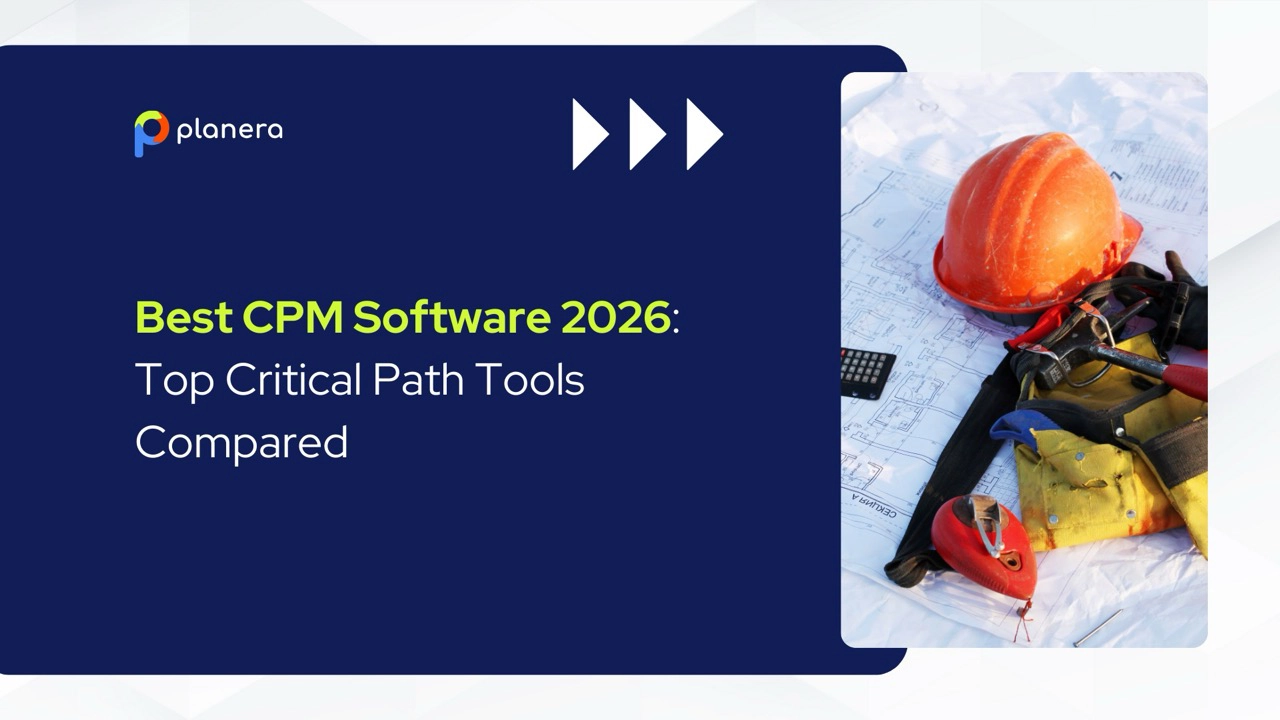Change Leader: Why Infrastructure Projects Lose Margin Before They Break Ground

In the world of civil and structural engineering—especially on large infrastructure projects such as bridges, highways, airports and water systems—project margin is a crucial benchmark. Firms diligently track it, work to protect it and develop strategies to recover it when challenges arise. However, for many infrastructure projects, a significant portion of that margin disappears long before construction crews arrive. The root cause isn’t always rising material prices or regulatory hurdles; often, it’s something much more fundamental: the project schedule.
A flawed, unrealistic or poorly structured schedule is the primary reason for project failure. It sets off a chain reaction that leads to procurement errors, labor inefficiencies, site conflicts and costly rework, steadily eroding profitability from the very first day. In an industry where profit margins often hover between 2 percent and 6 percent, infrastructure firms can’t afford to treat scheduling as a mere procedural task. It serves as the financial foundation of the project; if that foundation is weak, the entire structure is at risk.
The Scale of the Problem
The numbers tell a sobering story. On average, McKinsey & Company reports that large infrastructure projects take 20 percent longer than scheduled and can run up to 80 percent over budget. According to the Project Management Institute, poor communication—often stemming from inadequate scheduling—contributes to one-third of all project failures.
For example, delayed bridge rehabilitation projects in several U.S. states have incurred millions in extra costs due to prolonged equipment rental, extended general conditions and escalating labor rates. The Texas Department of Transportation found that a medium-sized highway project delayed by 58 months added nearly $18 million in economic costs. Liquidated damages compound these losses, often resulting in penalties for missed milestones that can severely impact both public agencies and private contractors.
Despite knowing these risks, many firms normalize failure by padding their bids with contingencies. Instead of engineering for success, they plan for failure.
The Anatomy of a Flawed Schedule
What makes an infrastructure project schedule “bad”? It’s rarely the result of a single glaring error. More often, it stems from outdated processes and fragmented communication.
1. Unrealistic Durations and Logic. Schedules are often dictated by political timelines or funding deadlines rather than a bottom-up analysis. For instance, a bridge deck replacement may be scheduled to reopen in just three months, disregarding site-specific complexities such as weather constraints or traffic management requirements. When tasks depend on each other—such as curing concrete before placing traffic loads—no amount of top-down pressure can shortcut reality.
2. Inadequate Work Breakdown Structures. Effective infrastructure schedules require granular detail. For a highway widening project, this means breaking down activities by segment, lane closures, utility relocations, grading, paving and signage installation. Without this level of breakdown, teams can’t accurately track progress or identify the real critical path. Relying on high-level milestones such as “Phase 1 Complete” leaves too much ambiguity.
3. Poor Resource and Risk Planning. Schedules must reflect labor, material and equipment constraints. For example, scheduling simultaneous work on two bridge spans may require more steel erection crews than are available regionally. Or a water-treatment plant upgrade might need specialized pumps with a nine-month procurement lead time, which could be overlooked in the schedule. Static schedules rarely incorporate risk analysis: What is the backup plan if a key supplier defaults, or if permitting delays construction access?
From Paper Plans to Field Realities
The real cost of a bad schedule becomes apparent when construction begins. Imagine a major airport terminal expansion project. The schedule, created under pressure, assumes utility relocations are complete before foundation work begins. However, when crews mobilize, they discover active electrical lines are still in place.
Immediately, labor and equipment sit idle. Foundation crews must demobilize, subcontractors must reschedule and site logistics can spiral into conflict. Recovery measures—such as night shifts or expedited material orders—inflate costs even further. The project loses margin not through one major event, but through a series of avoidable inefficiencies, each rooted in an unrealistic or incomplete schedule.
About Planera
Planera is a leading provider of visual, CPM-based construction scheduling solutions that transform project planning and management. Trusted by industry leaders including Balfour Beatty, Barton Malow, Big-D Construction, HITT Contracting, Ryan Companies, Skanska, and Zachry Construction, Planera empowers teams to build faster, smarter, and with greater clarity. Planera is backed by investors such as Sierra Ventures, Sorenson Capital, Brick & Mortar Ventures, Prudence, and Firebolt. Learn more at www.planera.io
You deserve better scheduling software
Powerful can be easy. Book a demo to see how.



